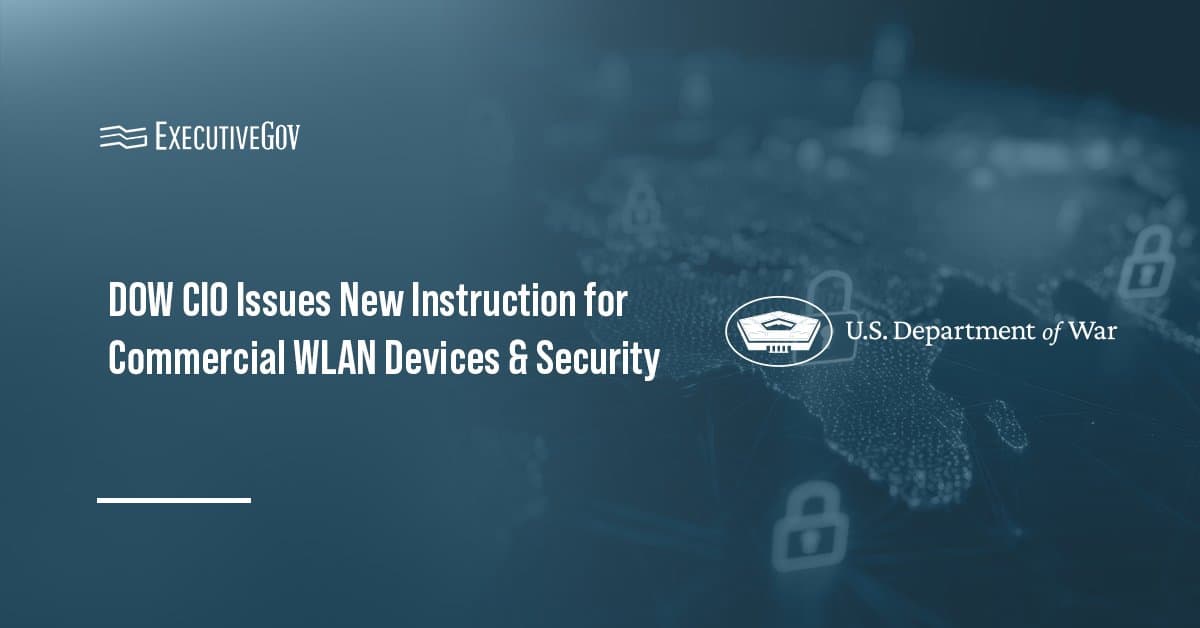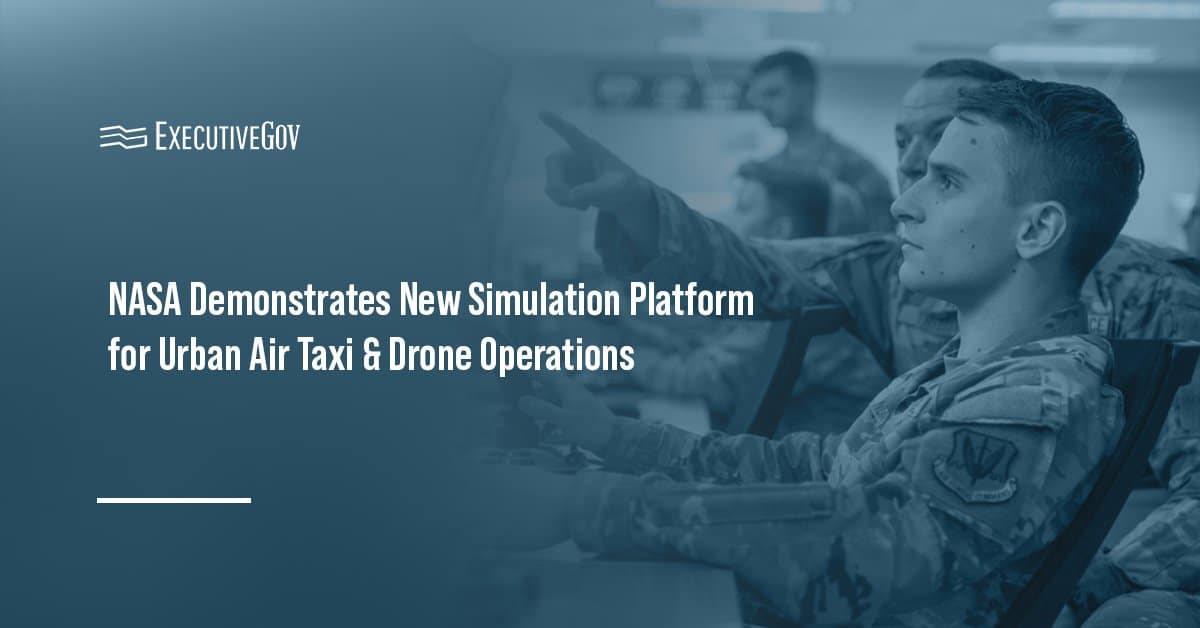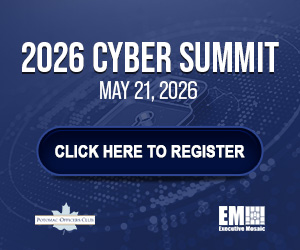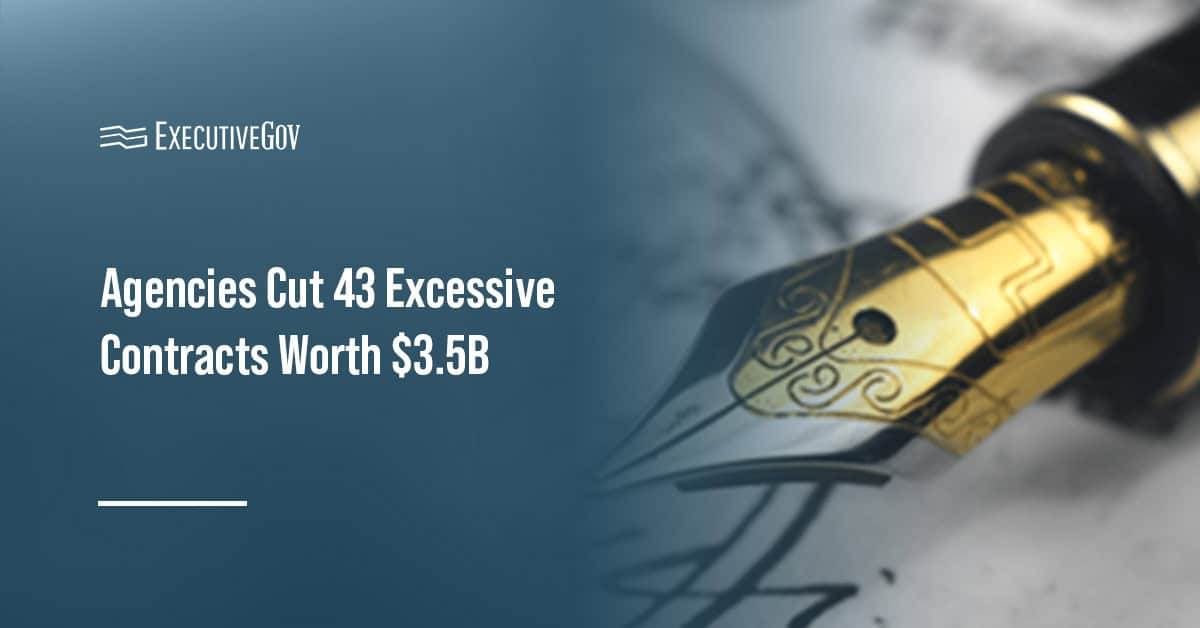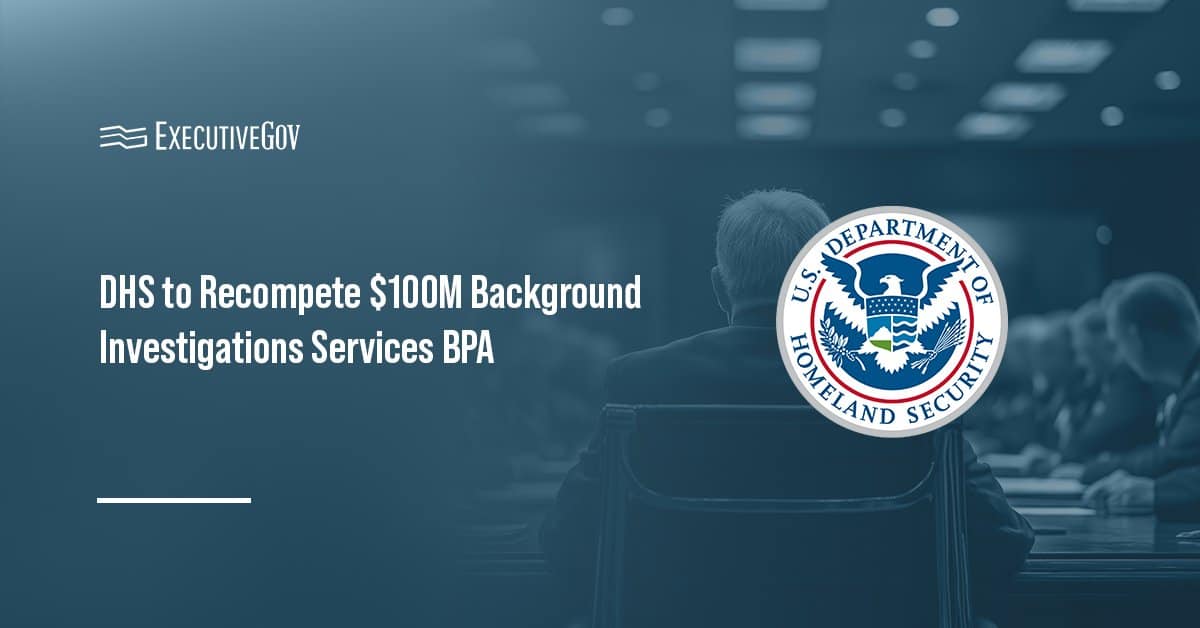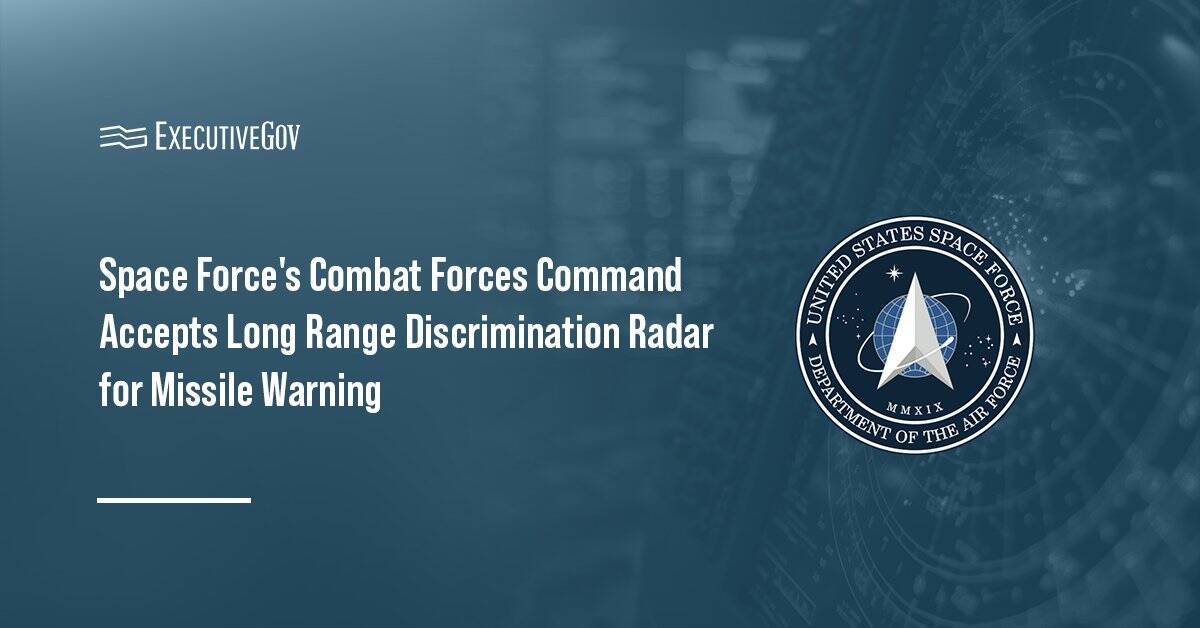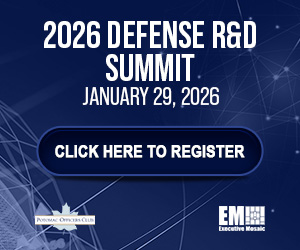The Office of the Department of War Chief Information Officer has released an instruction, establishing policy, responsibilities and procedures governing the use of commercial wireless local-area network, or WLAN, devices, systems and technologies to handle unclassified and classified information across the department.
Wireless connectivity and 5G will be a central topic at the 2026 Defense R&D Summit on Jan. 29, addressed in multiple panel discussions, and DOW FutureG/5G Director Thomas Rondeau is set to keynote! Register before tickets sell out
Table of Contents
What Is the DOW Instruction on Commercial WLAN Devices, Systems & Technologies?
This issuance designates WPA3-Enterprise 192-bit mode or the latest Wi-Fi Alliance equivalent as the standard encryption for Department of War WLANs. It sets minimum security requirements for DOW-owned and approved non-DOW mobile devices that use WLANs, clarifies the use of non-DOW WLAN systems and requires all DOW unclassified WLANs to allow authorized DOW personnel access, promoting interoperability and reciprocity.
It also requires unclassified and classified DOW WLANs to be IEEE 802.11 compliant, utilize certified radio frequency and cybersecurity functions, and support spectrum management. Classified WLANs must use encryption approved by the National Security Agency and adhere to the cybersecurity policies of the Committee on National Security Systems. All WLANs must have a wireless intrusion detection system, with an optional wireless intrusion prevention system, if approved.
Furthermore, devices are restricted in sensitive compartmented information facilities, or SCIFs, without a waiver, while unclassified and classified WLANs cannot coexist in the same space without joint under secretary of defense for intelligence and security and DOW CIO approval.
Which DOD Components & WLAN Technologies Are Affected by the New Instruction?
The instruction applies to all DOW components, including the Office of the Secretary of Defense, military departments, joint staff, combatant commands, inspector general, defense agencies and field activities. It covers DOW WLAN devices, systems and technologies that use IEEE 802.11 standards to handle unclassified or classified information and connect, directly or indirectly, to operational DOW networks such as NIPRNET and SIPRNET. It does not apply to other wireless technologies or WLAN-enabled devices that use non-IEEE 802.11 access methods, such as Bluetooth or Zigbee.



